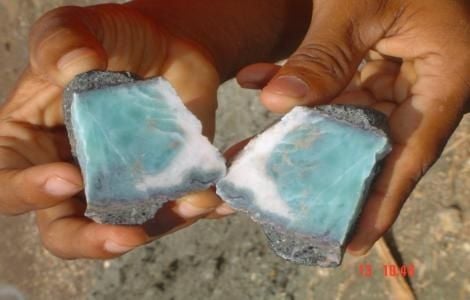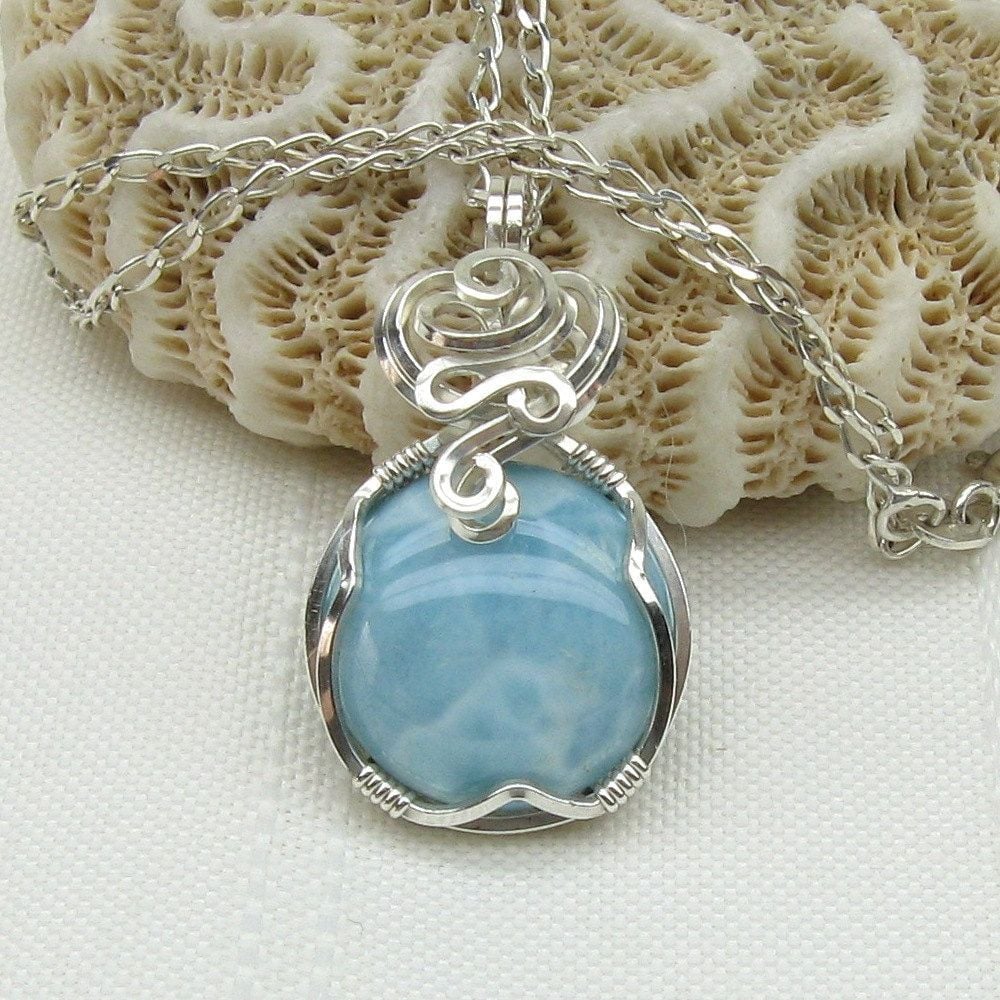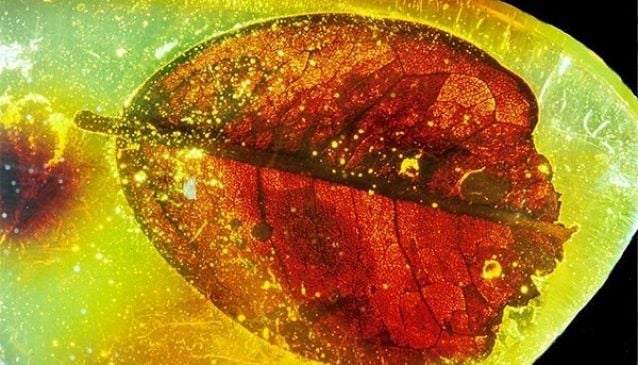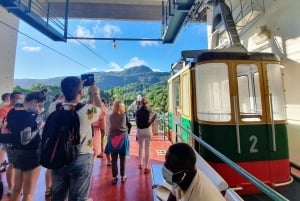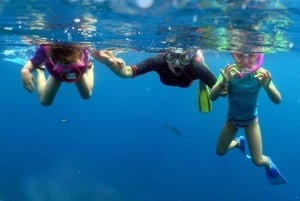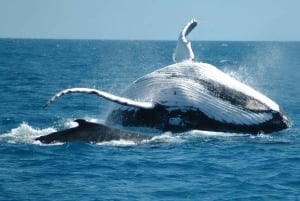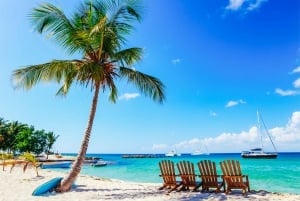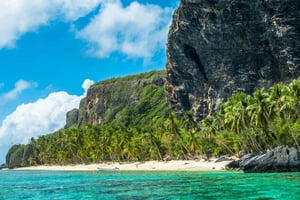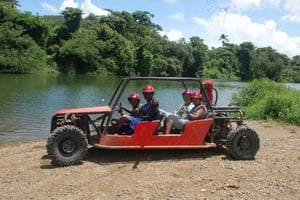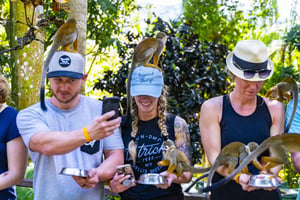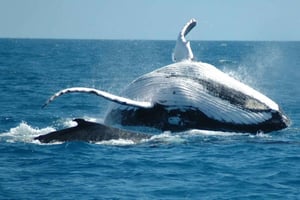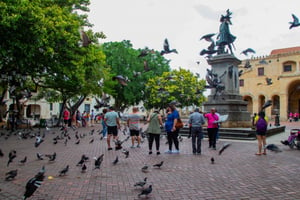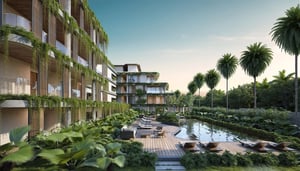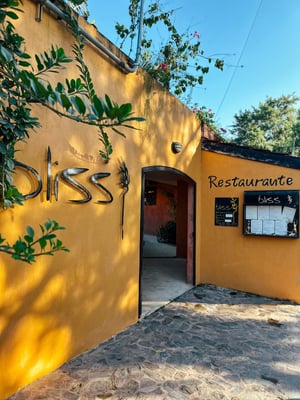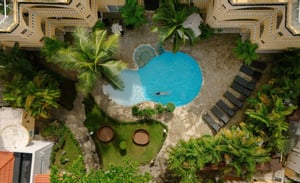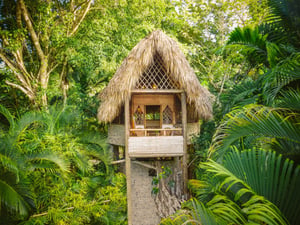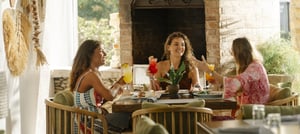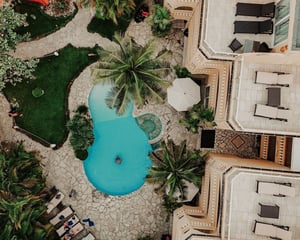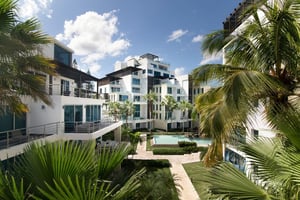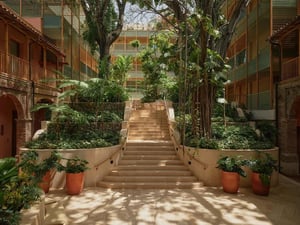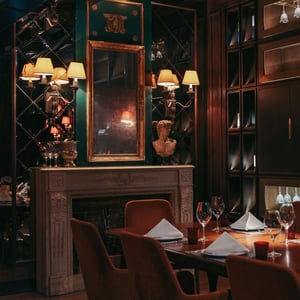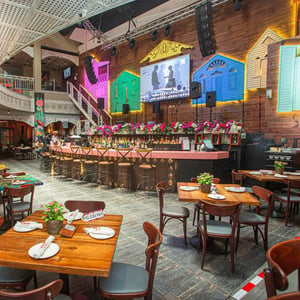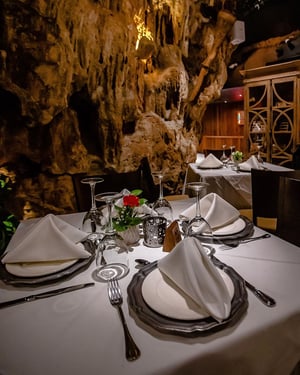Amber and Larimar
Amber and Larimar are ancient treasures formed on the beautiful island of Hispaniola
Book Top Experiences and Tours in Dominican Republic:
If youʻre booking your trip to Dominican Republic last minute, we have you covered. Below are some of the top tours and experiences!- Puerto Plata: City Highlights Tour with Mount Isabel & Lunch
- From Punta Cana: Small Group Catalina Island Snorkeling Tour
- Punta Cana: Saona Island and Buggy Combo
- From Punta Cana: Sanctuary Whale Watching Day Trip
- Punta Cana: Catamaran Boat to Saona Island with Buffet Lunch
A first-time visitor to the Dominican Republic is often surprised at all the fine jewelry being offered by local shopkeepers. In particular, they are captivated by two stones - found on the island - that cannot be obtained anywhere else: Amber and Larimar.
Let’s take a moment to learn more about these little pieces of paradise so plentiful on the island of Hispaniola.
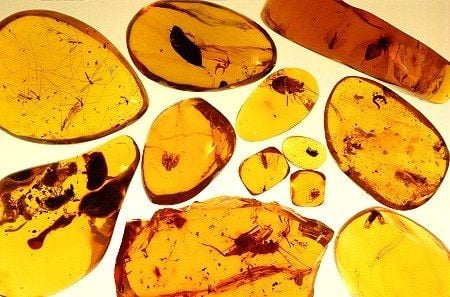
Amber: the stone of Caribbean sunsets
Amber is formed if the bark of a prehistoric tree was somehow pierced or broken before it was preserved as a fossil. When a tree’s bark is pierced, a thick, syrupy resin comes to the surface - much like platelets in blood come to the surface when a person’s skin is broken. Tree resin is composed of a mixture of chemicals that act both as preservatives and drying agents, and once it reaches the outer surface of a tree - if the conditions are right - then the resin will harden over a period of thousands or even millions of years.
Some pieces of Amber are held in high regard because of the insects, plants, and small animals that may be trapped inside. Some of these insects were trapped while going about their daily business, creating sort of scene captured in time. These natural dioramas are called “inclusions”. There is even an Amber Museum in Puerto Plata that displays some very rare specimens.
Amber is most commonly used as jewelry and it is coveted the world over for its mystic and captivating beauty. This precious gem is usually yellow or gold, but some highly sought-after pieces can even have shades of blue or green when viewed in the right lighting. Dominican Amber is generally more translucent than Baltic Amber and fascinating inclusions are more common in Dominican Amber.
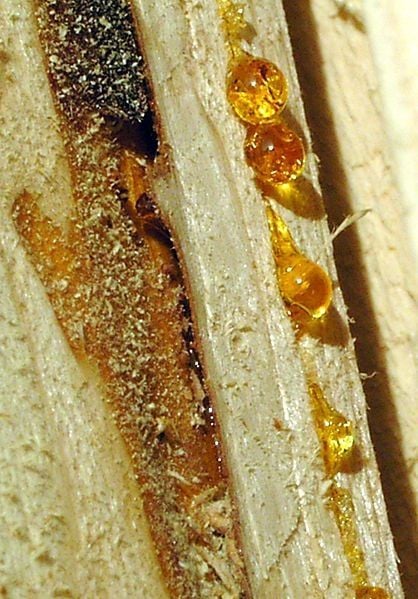
Larimar: the stone of a tropical afternoon sky
Larimar is a pectolite, a mineral that typically occurs in crystalline masses. This particular pectolite that is only found in the Dominican Republic comes in different shades of blue. Some even have white spots that look like wispy clouds floating in a clear blue sky. The stone gets its name from an artisan named Miguel Méndez who specialized in working with precious stones. Méndez collected some samples from the southwestern part of the island in 1974 and when the time came to dub them he took the name of his daughter (Larissa) and the Spanish word for sea (“mar”) to form the word “Larimar”.
This remarkable stone is of volcanic origin. Eruptions within the limestone of the Barahona region created cavities that later were filled by blue pectolite. In the past, the volcanic rocks housed the Larimar until erosion set them free. Then the stones would be carried to the sea through powerful river currents. As the stone made its way down the river it would receive a natural polishing from Mother Nature. All people visiting the beach had to do was bend down and pluck them off the shoreline.
Nowadays, most Larimar is mined and polished with the help of skilled workers. Although the stones may be found as deep as 100 feet below the surface (and mining methods haven’t changed much over the years) modern day miners have been able to uncover a large amount of this precious stone, making it a hallmark of Dominican jewelry. The amount of Larimar left in the mountains of Barahona is uncertain.
Many factors, such as color, luster, and clarity are taken into to consideration to grade the stone. Generally, deeper blues are more sought after and are considered better than baby blues. While a smooth silky texture also adds value to the stone, there are no hard and fast rules to determine the grade of Larimar - the piece you choose very much depends on your personal opinion. There is a Larimar Museum in Santo Domingo – in the section of the city called "La Zona Colonial" that delves into the rich history of this stone and has many samples on display.
